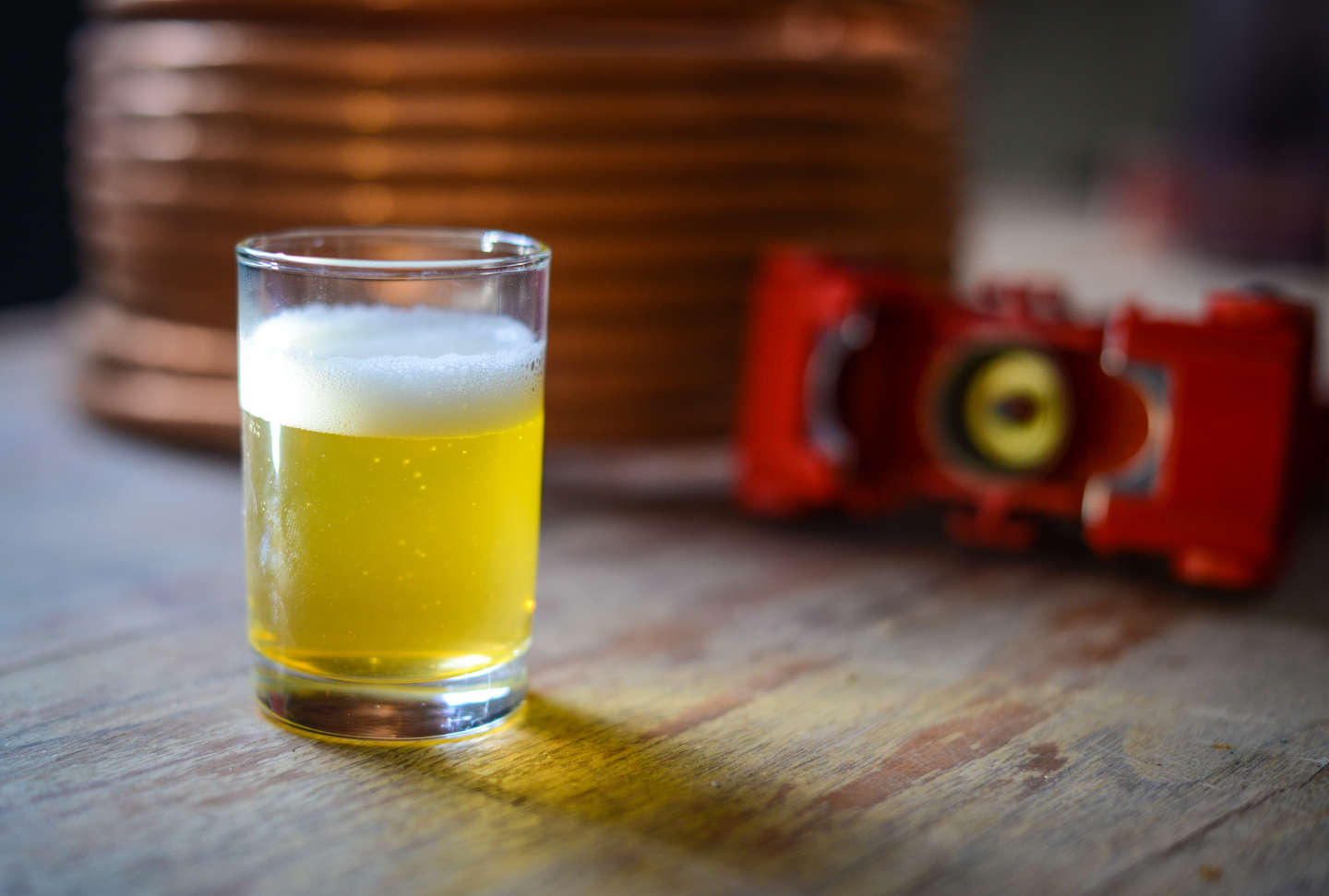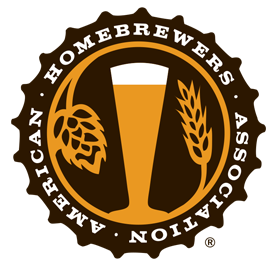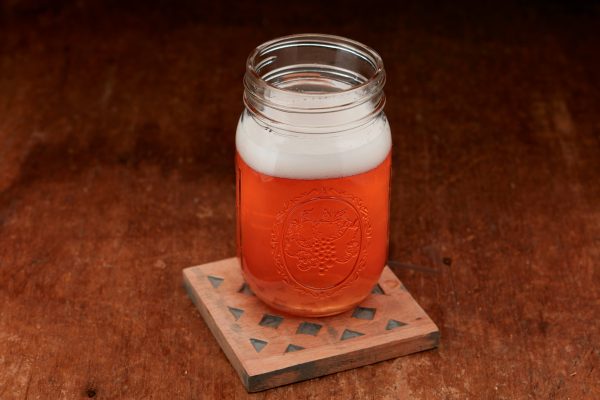
Each year, the Governing Committee and AHA staff meet for an annual meeting to discuss the upcoming year. This typically happens in person during Homebrew Con, but the 2021 meeting was done remotely due to their not being an in-person Homebrew Con this year. Governing Committee Members Present: Jen Blair, Sandy Cockerham, Denny Conn, Shawna Cormier, Chris Frey, Annie Johnson, Jill Marilley, Amy Martin, Gail Milburn, Cassie Salinas, Goose Steingass, Roxanne Westendorf AHA Staff: Duncan Bryant, Dave Carpenter, Ryan Farrell, John Moorhead, Megan Wabst Absent: Donna Reuter, Carvin Wilson The Annual meeting was held in two sessions. The first was held on July 13 from 5 PM – 6:40 PM PT and the second session was held on July 19 from 5 PM…
Access premium member content for $4.99/month. Join Now
Access premium member content for $4.99/month
Join for $4.99Already a member? Login here


